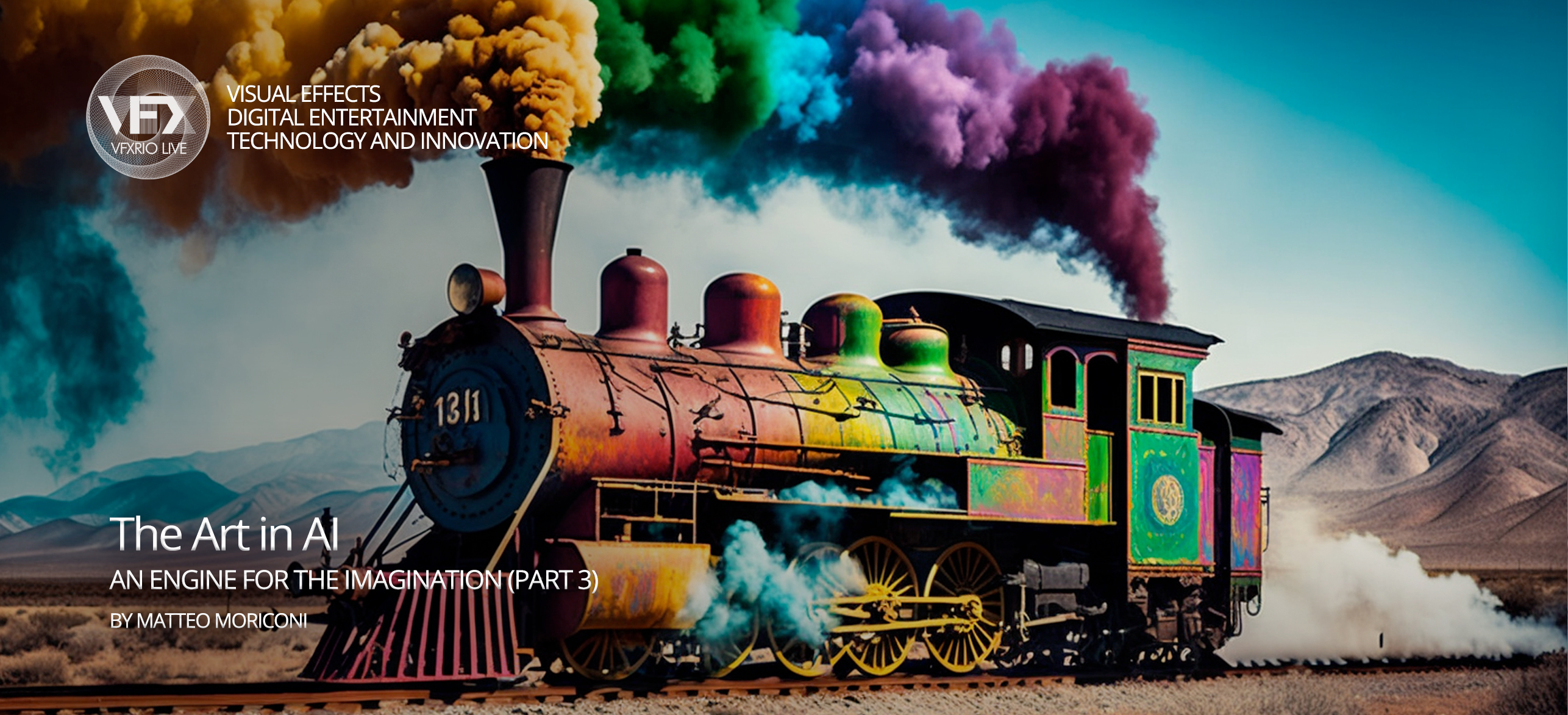The Art in Artificial Intelligence
An Engine for the Imagination (Part 3)
by Matteo Moriconi in collaboration with Luiz Velho, Noah Charney and Bernardo Alevato

ArtinAI: INDEX | INTRODUCTION | DIGITALLY MANIPULATED ART - PART 1 | ORIGINS OF AI ART - PART 2 | AN ENGINE FOR THE IMAGINATION - PART 3

Copyrights represent another thorn-studded question mark. Imagine a huge library available to everyone, containing all the knowledge the Leonardo or Picasso (it should really be and Picasso...and every artist who ever lived), as manifest in the art they created. You're not infringing on the rights of the authors because you're creating works "in the style of" an artist or movement. As long as you don't try to pass it off as an original, you're not breaking any law. What you mustn't do is sign the work, or claim that it was made by someone whose authorship would vastly increase its value. To give a contemporary example, you mustn't use AI to create a work in the style of digital artist Beeple and claim that it's his and try to sell an NFT of it. The image may indeed look just like something Beeple would make, and his NFTs have sold for millions, so the temptation is there. But this is where AI art can turn illegal. The current etiquette is to always be clear about yourself as the creator and also to name the AI platform that you used, so there is no doubt that the image was AI-made. This is both moral and honest-it wouldn't be cool to trick the public into thinking you labored over an oil painting and made it entirely yourself, when it was actually created by an AI in a matter of minutes.
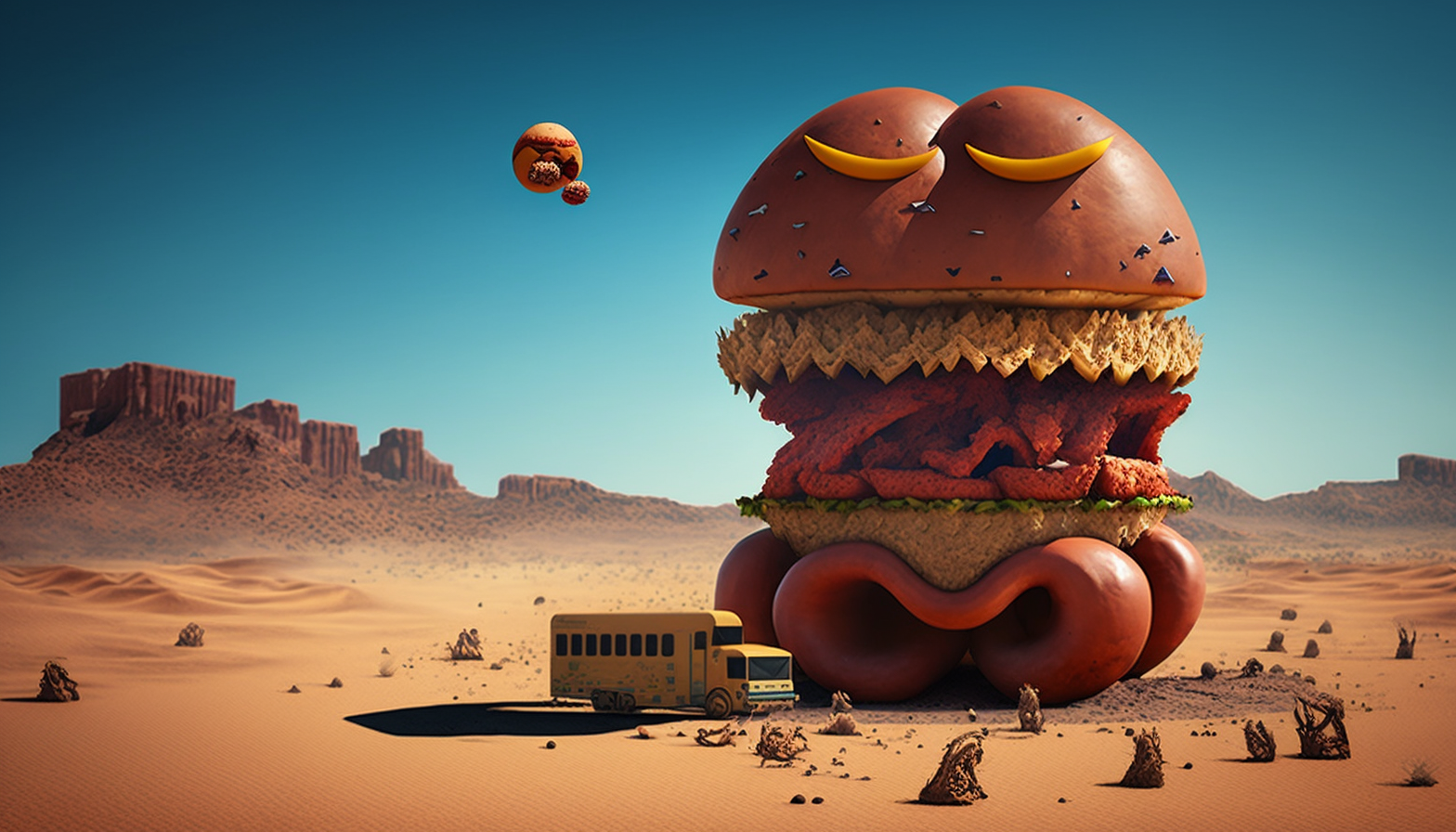
Greg Rutkowski, the fantasy artist who is the most popular artist included in AI prompts to date, is unhappy about being so popular, as he worries that it downgrades the value of what he creates by hand.
Midjourney founder, David Holz, has described AI art as "an engine for the imagination." It certainly stimulates the imagination, but it can also raise questions about ethics, copyright and security. You cannot copyright an artistic style, but before the use of AI, the lifelong development of an artist's skill functioned like a copyright. If another artist trained themselves to be able to paint like Greg Rutkowski, and dedicated the time to painting that he did, then they were certainly entitled to create whatever they wished-provided they did not mislead and trick the public into thinking their creation was actually by Rutkowski. That would be an act of fraud and a forgery. Emulating the style of another artist is how all artists have trained throughout history. You can even make an identical handmade copy of someone else's work, provided you don't try to trick others into thinking it is by the more famous, original artist.
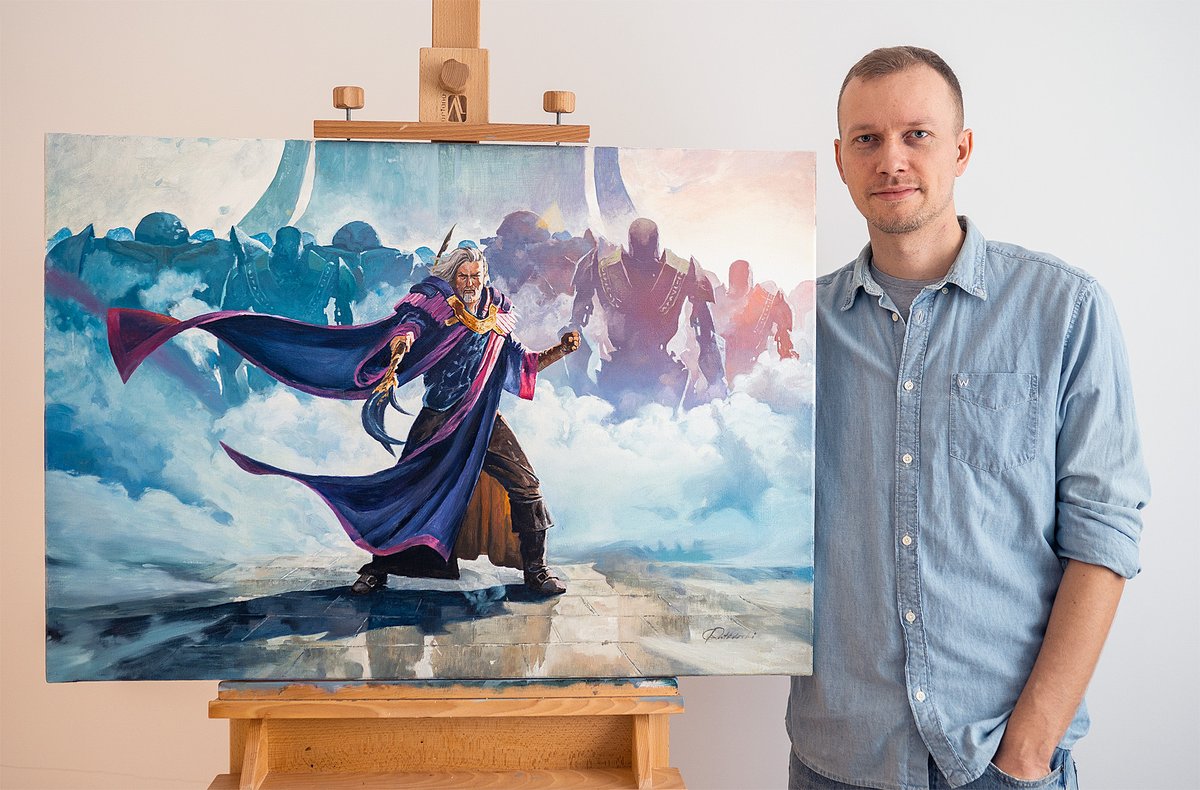
Greg Rutkowski
AI complicates things, not least because the entirely digital and automated nature of it means that the creator of an image does not need training, skill or the commitment of time. The software does all that for them. The software puts in the "training" and "skill," though the act of "scraping" is seen by some as an act of theft, as described in an article in the Technology Review. In practical terms, as long as the creator of an AI image in the style of a well-known artist does not claim that work to have been made by the artist in question, then there is little that can be done, legally. It becomes a moral question. Litigation may follow if the AI creations are monetized, however. What happens when someone makes a Rutkowski-style work and sells it as an NFT? The anonymity that is considered a plus to many users of crypto (who mirror the traders and collectors of NFTs) could become a shield behind which fraudsters might hide. Or what about publishing a fantasy novel packed with Rutkowski-style illustrations made for free, within minutes, by an AI engine, rather than paying a human illustrator to take weeks of their schedule to charge a premium to make images that, to the reader, will look indistinguishable, or very nearly so? That may not actually be a criminal act, as long as the publisher does not claim that the illustrations are by Rutkowski, but it is a moral issue.
As with any invention, most will use it in an appropriate manner, but there will inevitably be bad apples in the barrel. Since AI does, in a matter of minutes, what could take weeks or more if one had the ability to do it at all, it risks promoting laziness. It has also already been used to cheat.
While this essay focuses on AI art, parallels must be drawn to AI texts, such as what is produced by ChatGPT, a chatbot that can produce texts that are well-written, thoughtful, analytical and interesting. This may be great for casual use, but it is a nightmare for teachers. A student can file an essay about Moby Dick without having cracked the book, just by asking ChatGPT to prepare it for them. This has already happened, as outline in a New York Times article. A professor described one essay on religion submitted by his class as being far superior to all the others-because it had been written by ChatGPT. The student immediately confessed, but others will try the same tact and be wilier about it. Academics have some technological tools to catch plagiarism. iThenticate combs texts, both online and in many books, to look for passages that appear to be directly copied. The problem is that it will never work for ChatGPT essays, since none of their content is copied word-for-word from a pre-existing source, just as AI art is not a direct copy, all or in part, of any pre-existing artwork.
To combat this, educational institutions are introducing supervised essay-writing, such as penning first drafts in class using computer equipped with software that limits what can be accessed. Further drafts, written from home, will be subject to periodic quizzes in which the student author must explain why they made the changes they did. This is unwieldy but, at the moment, seems to be the only way to prevent using AI to write your homework for you.
But asking questions of an AI chatbot can be both entertaining and educational. Ask ChatGPT to write you an essay about Moby Dick and, if you're not submitting the essay for credit and claiming sole authorship, it can be enlightening. The AI will know things about the subject that you don't, knowledge pulled from the noise, and may come to insightful conclusions and make poignant observations that will enlighten you. Using AI as a tool to entertain and self-educate is a powerful positive. The bad apples turning to it out of laziness or to cheat are inevitable but should not sour us to the tremendous good that can come from this virtual camera obscura, gathering the light of knowledge from the noise and projecting it in the way that we ask it to.

I believe that, by following these general guidelines, we are not sounding the death toll for illustrators and graphic artists, though they may lose some low-end business to people or smaller firms that will be satisfied with a logo or image made with AI rather than created by a human. As Midjourney founder David Holz said, "We see this technology as an engine for the imagination." It's not likely to be regularly used for generating final products, but rather as stimuli for the imagination. For example, a company was launching a new maple syrup product line and wanted to create a logo. They inserted prompts into Midjourney, which gave them four images to choose from. They picked an image and honed it by adding further prompts, resulting in four new images. They did not wind up using any of these images themselves, but rather used them as a "mood board" and created their own final product, drawing it themselves using Adobe Illustrator. This is a more likely long-term usage model for AI engines.
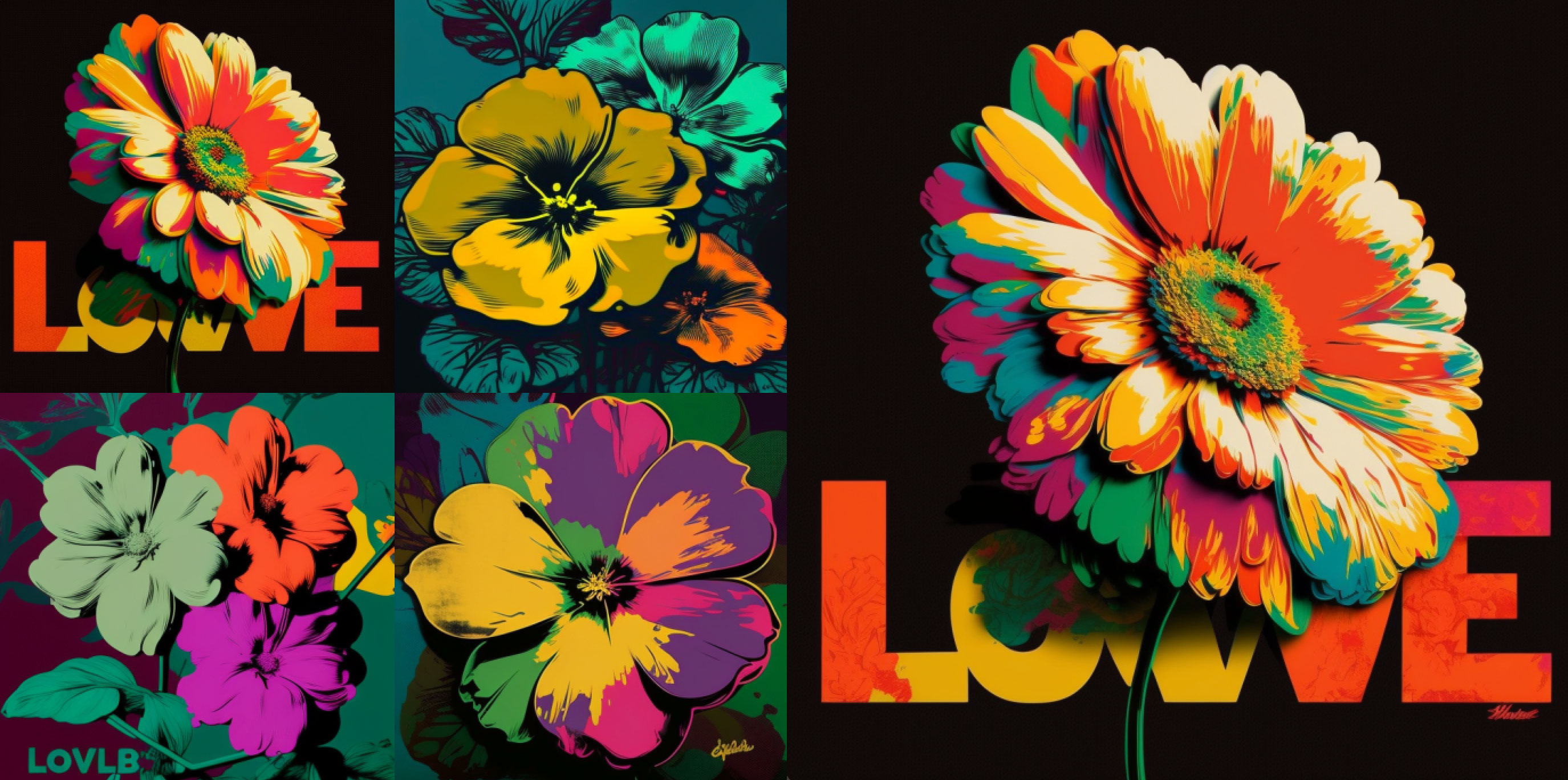
Love Machines - I Want to Be A Machine by AI.W4rhol
A new series from AI.W4rhol.com has been generated, inspired by Andy Warhol and co-created by Midjourney-using the "co-created" attribution to acknowledge that a work was made through an AI engine is an important precedent to set, ensuring transparency and trust between creators and audiences. Entitled "Love Machines," it is part of the continuous virtual art exhibition "I Want to Be a Machine." Warhol is one of the few American artist who needs no introduction, but what makes him particularly well-suited to AI is his interest in mass production techniques, such as silk screen printing, to create his art. Warhol's work often featured everyday objects and images, such as Brillo laundry detergent boxes, cans of Campbell's soup and bottles of Coca-Cola. He reproduced images many times to make a single work, as in his Nine Marilyns (1962-consisting of a grid of nine identical prints from a photograph of Marilyn Monroe) and made multiples of the works themselves. His approach comment4ed on consumer culture and mass media of the 1960s. In doing so, it challenged notions of what art could be-it didn't have to be a single, unique painting, or even a print series carved by a master engraver. In short, anyone could become an artist using technology and art could proliferate. Fine art could become commercial, and commercially produced objects could fetch prices normally associated only with fine art.
At the moment this is all so new and newsworthy that the beauty and interest of what the software generates has captured the world's imagination. But novelty wears off quickly, while the technology will be here for the long-haul. It's a question of how the world gets in the habit of using it. As Holz continued, "That doesn't mean we will stop imagining. Cars are faster than humans, but that doesn't mean we stopped walking."
Digital-only images have their place. They are a category of art, synthetic media, which is good for websites and sharing on social media and may be good for things like logos. They can be monetized and collected in the form of NFTs. But they are no replacement for man-made, handmade art in the Aristotelian vein, which describes great art as being good (as in, exhibiting artistic skill), beautiful, and interesting. AI art can be beautiful. It is interesting at the moment mostly because of the reasons discussed here. The wow factor that a computer can come up with this stuff, and awe at the tech that makes it possible. But it is not "good" in the traditional sense because that comes from humans impressed at the skill exhibited by other humans in the creative process.
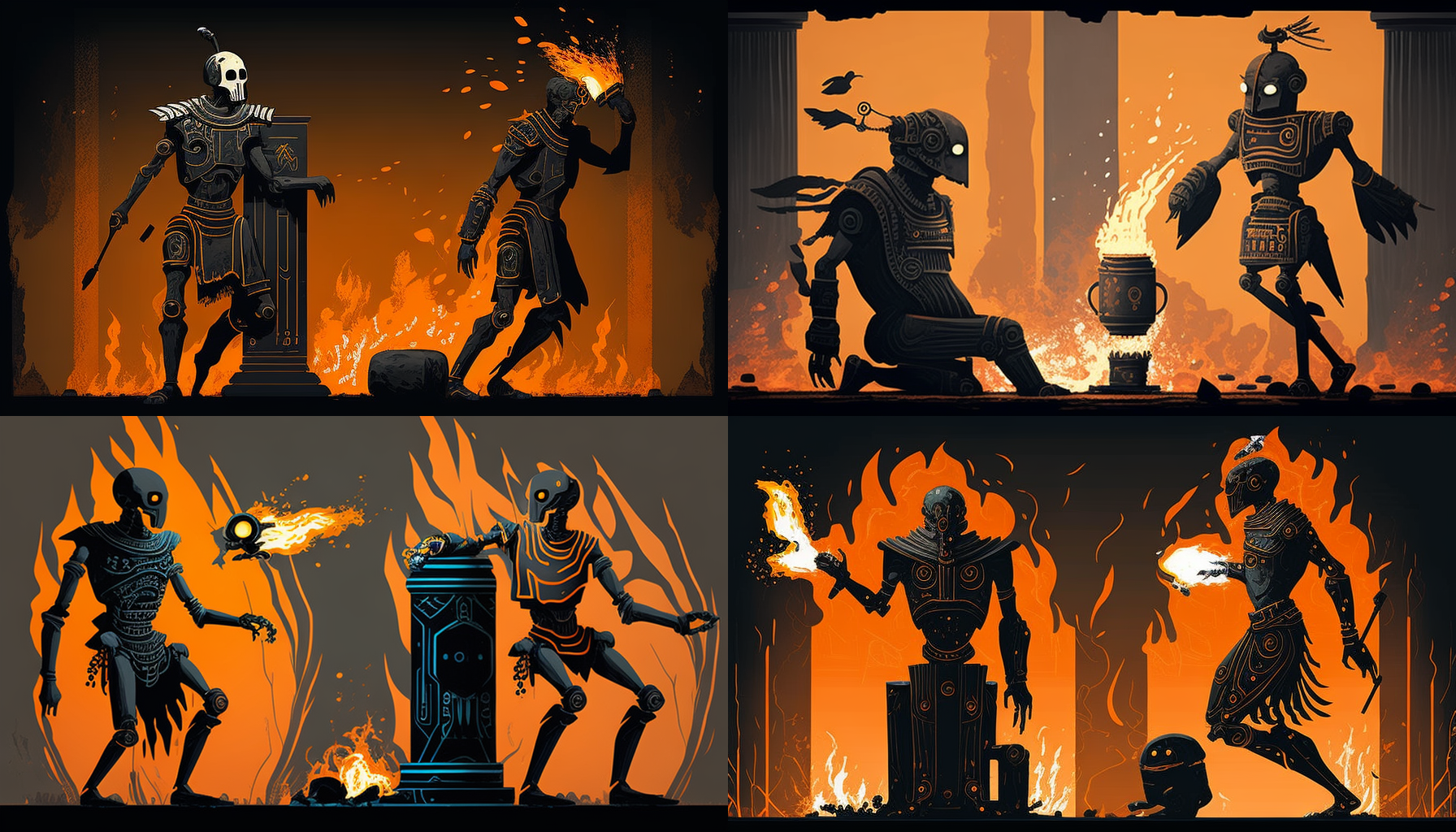
Ancient Greek (particularly Athenian) thinkers have been influential to art since the rediscovery of their texts during the Renaissance. Aristotle is one of them, but Plato is perhaps even more important to the story. The oft-told anecdote of Plato's "Cave" is ever-applicable to metaverses. He wrote his so-called Theory of Forms that "the physical world is not really the 'real' world; instead, ultimate reality exists beyond our physical world." In The Cave, Plato uses the analogy that our experience as humans on Earth is but a shadow of actual reality. He imagines us as tied up at the back of a cave with our backs to the entrance. Light shines into the cave, casting shadows of reality as it takes place outside the cave onto the back cave wall. Those shadows are all we can see and all we have ever known, so to us this is "reality." This analogy fueled The Matrix and countless other works. It grows ever more relevant when virtual reality can today feel just as realistic as reality itself. As philosopher Will Buckingham wrote, "His theory of forms is a way of thinking about the relationship between two things. On the one hand, there is the messy, untidy world that we access through our sense experience. And on the other hand, there is the world of ideals that we access through the intellect." Plato uses the term "ideal" to mean not "the best ever" but the "idea" of something. I mentioned what comes to mind when a kid is asked to think of a cat. The image he envisions is his "ideal" cat. It may not precisely match any cat he's seen in real life, but may be an amalgam of various cats. This is like the images AI software summons. If you ask AI for a cat, then you won't get a precise duplicate of any image of a cat that exists already online, but an "ideal" cat, as in a new image that amalgamates the billions of cat images available.
There is also the "aura," as theorist Walter Benjamin described it in his famous essay, "Art in the Age of Mechanical Reproduction," behind great works of art when you see them in person, which is never replicated when you see a photograph or digital version of the same work. We have now entered the era of "Art in the Age of AI Production," but seeing a digital image of a work made with the prompt "style of Michelangelo's Sistine Chapel ceiling" is never going to match standing in the Sistine Chapel and craning your neck skyward.
If, a few decades ago, someone told you that, within your lifetime, you'll have a supercomputer in your pocket that will be able to create alternative realities, you'd have been laughed out of the room. But that's just what has come to pass. The Great Automatic Grammatizator has become the Great Automatic AI Art-izator. It's up to us to use this power morally and for the good.
ArtinAI: INDEX | INTRODUCTION | DIGITALLY MANIPULATED ART - PART 1 | ORIGINS OF AI ART - PART 2 | AN ENGINE FOR THE IMAGINATION - PART 3


